43 anatomical position with labels
1.6 Anatomical Terminology - Anatomy and Physiology - OpenStax 11.1Interactions of Skeletal Muscles, Their Fascicle Arrangement, and Their Lever Systems 11.2Naming Skeletal Muscles 11.3Axial Muscles of the Head, Neck, and Back 11.4Axial Muscles of the Abdominal Wall, and Thorax 11.5Muscles of the Pectoral Girdle and Upper Limbs 11.6Appendicular Muscles of the Pelvic Girdle and Lower Limbs Key Terms 1.4A: Anatomical Position - Medicine LibreTexts appendage: A limb of the body. supine: Lying on its back, reclined. anatomical position: The standard position in which the body is standing with feet together, arms to the side, and head, eyes, and palms facing forward. The Need for Standardization Standard anatomical position is the body orientation used when describing an organism's anatomy.
Anatomical Position - Definition and Function | Biology Dictionary In standard anatomical position, the head is the most superior part of the body, and the feet are the most inferior. Medial-Lateral Lateral describes the parts of the body that are toward the sides, while medial describes the middle of the body. If a part of the body is lateral, it can mean left lateral or right lateral.

Anatomical position with labels
1.2: Anatomical Position and Planes - Biology LibreTexts Using your knowledge of the different body planes shown in Figure 1-2 (shown again below), fill in the blanks with the appropriate body plane for each of the following descriptions. 1. The plane that divides the body into anterior and posterior parts is the plane. 2. A transverse plane divides the body into and regions. 3. Anatomical Position and Planes | Human Anatomy and Physiology Lab (BSB ... Anatomical position for a human is when the human stands up, faces forward, has arms extended, and has palms facing out. Figure 1-1. These two people are both in anatomical position. When referencing a structure that is on one side of the body or the other, we use the terms "anatomical right" and "anatomical left." Anatomical position | Radiology Reference Article | Radiopaedia.org anterior: towards the front of the body (Latin: before) posterior: towards the back of the body (Latin: after) superior: towards the top of the body (Latin: above) inferior: towards the bottom of the body (Latin: below) medial: towards the midline (Latin: middle) compared with median which is in the midline rather than towards the midline
Anatomical position with labels. The Human Body's Anatomical Position - QD Nurses The human body's standard anatomical position is described as follows: the body is in an erect position, facing towards the observer, directed forward, and feet flat on the ground. The arms are at the side of the body, palms forward and feet together. Anatomical positions definition with diagram, examples - Physiosunit Ok, coming to the point, the three-body positions are: 1: Supine 2: Prone 3: Anatomical body positions. Let's discuss them one by one. Supine anatomical positions Look at the image above and observe her body position. Look at her hand, forearm, palm, foot. She is sleeping on her back and this sleeping position 9body position) is known as supine. Anatomical Planes of Body | What Are They?, Types & Position In Body Longitudinal plane. A longitudinal plane will be perpendicular to. the transverse plane. It divides the body into two halves and cut the person. straight into left and right halves from the head through the belly button and. down to the toes. The sagittal plane, coronal plane, and parasagittal plane are. 3,089 Anatomical Position Images, Stock Photos & Vectors - Shutterstock Find Anatomical position stock images in HD and millions of other royalty-free stock photos, illustrations and vectors in the Shutterstock collection. Thousands of new, high-quality pictures added every day.
Anatomical Directional Terms and Body Planes - ThoughtCo Bilateral: Involving both sides of the body Unilateral: Involving one side of the body Ipsilateral: On the same side of the body Contralateral: On opposite sides of the body Parietal: Relating to a body cavity wall Visceral: Relating to organs within body cavities Axial: Around a central axis Intermediate: Between two structures Anatomy and Physiology: Anatomical Position and Directional Terms Anatomical position is the description of any region or part of the body in a specific stance. In the anatomical position, the body is upright, directly facing the observer, feet flat and directed forward. The upper limbs are at the body's sides with the palms facing forward. Like so: Image captured in AR using Human Anatomy Atlas. Anatomical Position: What Is It, Significance, Regions ... - Osmosis Standard anatomical position of the human body consists of the body standing upright and facing forward with the legs parallel to one another. The upper limbs, or arms, hang at either side and the palms face forward. If the body is lying flat instead of standing upright, with the same positioning of the limbs, it is known as the supine position. Anatomical Positions (labeling) Diagram | Quizlet front side dorsal, posterior back side, behind deep far from the surface, inside superficial near the surface proximal closer to the trunk or point of attachment distal further from the trunk or point of attachment lateral toward the side medial toward the middle inferior below supine lying on back facing up prone lying on front, face down
A&P Anatomical Position Labels Flashcards | Quizlet Anterior body trunk region inferior to the ribs. Acromial. Point of the shoulder. Antebrachial. Forearm. Antecubital. Anterior surface of the elbow. Axillary. Armpit. Anatomical Position: Definitions and Illustrations - ThoughtCo Anatomical Positions The four main anatomical positions are: supine, prone, right lateral recumbent, and left lateral recumbent. Each position is used in different medical circumstances. Supine Position Copyright Evelyn Bailey Supine position refers to a horizontal position with the face and upper body facing up. Anatomical Position Quiz - Quizizz To be in anatomical position the body must be... answer choices Upright, standing position Face and feet pointing forward Arms at the side, palms facing forward. All of the above. Question 10 30 seconds Q. You are stronger today than you were yesterday! answer choices True True True Report Quiz The Importance Of Anatomical Position | 3D Muscle Lab Real, organic movement begins from all kinds of positions. Anatomical position is useful for gaining an understanding of how things are oriented in the body and what the basic movements are, but at some point you need to see past the constraints of it. Once you're feeling comfortable with the concept of anatomical position, it's important ...
Anatomic Positions - dummies This standard position (standing straight, looking forward, arms at your side, and facing forward) keeps everyone on the same page when you're talking anatomy and physiology. Keep this list handy of anatomic descriptive terms that appear regularly in anatomy text: Anterior: Front, or toward the front Posterior: Back, or toward the back
Identifying Anatomical Position and Body Planes - dummies Anatomical position is the body facing forward, feet pointed straight ahead, arms resting on the sides, with the palms turned outward. Unless you are told otherwise, this is the body's position whenever specific body parts are described in reference to other locations. Because we can only see the external surface of the body, sections must be ...
A&P Lecture 1 - Orientation to the Human Body - Pinterest Anatomy And Physiology. This beautifully illustrated representation of the human lymphatic system offers a comprehensive guide to how the system functions, the pieces it needs to work and its importance to our health. It displays the lymph nodes of the occipital and neck regions, the pectoral regions, and the abdominal regions in detail, as ...
Anatomical Body Landmark for Nursing - RNpedia The correct anatomical position is standing up (erect) with the feet parallel and the arms hanging at the sides with the palms facing forward and the thumbs pointing away from the body. Body Landmarks. To precisely point out the chief complaint of a patient, the nurse or physician uses anatomical terms representing a certain body part. For ...
Anatomical Body Planes | Science Trends Examples of these anatomical terms used to label body structures include the axial skeleton, the median cerebral artery, the posterior and anterior pituitary, and the inferior and superior vena cava. Prefixes and suffixes are also used to indicate the position of anatomical structures within the body. The parathyroid glands have the prefix Para ...
Anatomical Terminology | Anatomy and Physiology I - Lumen Learning Anatomical Position. To further increase precision, anatomists standardize the way in which they view the body. Just as maps are normally oriented with north at the top, the standard body "map," or anatomical position, is that of the body standing upright, with the feet at shoulder width and parallel, toes forward. The upper limbs are held ...
Anatomical Position Quiz Questions And Answers - ProProfs 1. To be in an anatomical position, the body position must include: A. Feet together and flat on the floor. B. Palms against the sides of the body. C. Face facing forward. D. A and C E. A, B, and C 2. In anatomical position, what term (s) is/are appropriate to describe the position of the thumb relative to the upper arm? A. Superficial B. Distal C.
Anatomical Position and Directional Terms | Anatomy and Physiology The anatomical position is a standing position, with the head facing forward and the arms to the side. The palms are facing forward with the fingers extended, and the thumbs are pointing away from the body. The feet are spaced slightly apart with the toes pointing forward.
Skeletal System - Labeled Diagrams of the Human Skeleton - Innerbody The skeletal system in an adult body is made up of 206 individual bones. These bones are arranged into two major divisions: the axial skeleton and the appendicular skeleton. The axial skeleton runs along the body's midline axis and is made up of 80 bones in the following regions: Skull. Hyoid.
Anatomical position | Radiology Reference Article | Radiopaedia.org anterior: towards the front of the body (Latin: before) posterior: towards the back of the body (Latin: after) superior: towards the top of the body (Latin: above) inferior: towards the bottom of the body (Latin: below) medial: towards the midline (Latin: middle) compared with median which is in the midline rather than towards the midline
Anatomical Position and Planes | Human Anatomy and Physiology Lab (BSB ... Anatomical position for a human is when the human stands up, faces forward, has arms extended, and has palms facing out. Figure 1-1. These two people are both in anatomical position. When referencing a structure that is on one side of the body or the other, we use the terms "anatomical right" and "anatomical left."
1.2: Anatomical Position and Planes - Biology LibreTexts Using your knowledge of the different body planes shown in Figure 1-2 (shown again below), fill in the blanks with the appropriate body plane for each of the following descriptions. 1. The plane that divides the body into anterior and posterior parts is the plane. 2. A transverse plane divides the body into and regions. 3.






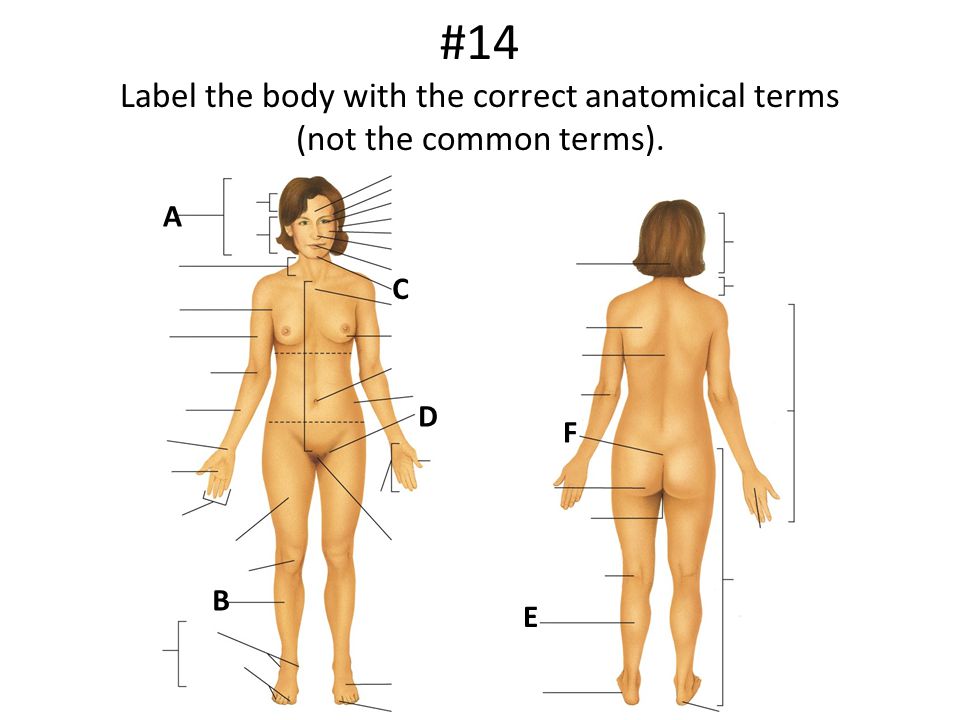


:max_bytes(150000):strip_icc()/positions-5bb0f1d74cedfd002615d0ca.png)


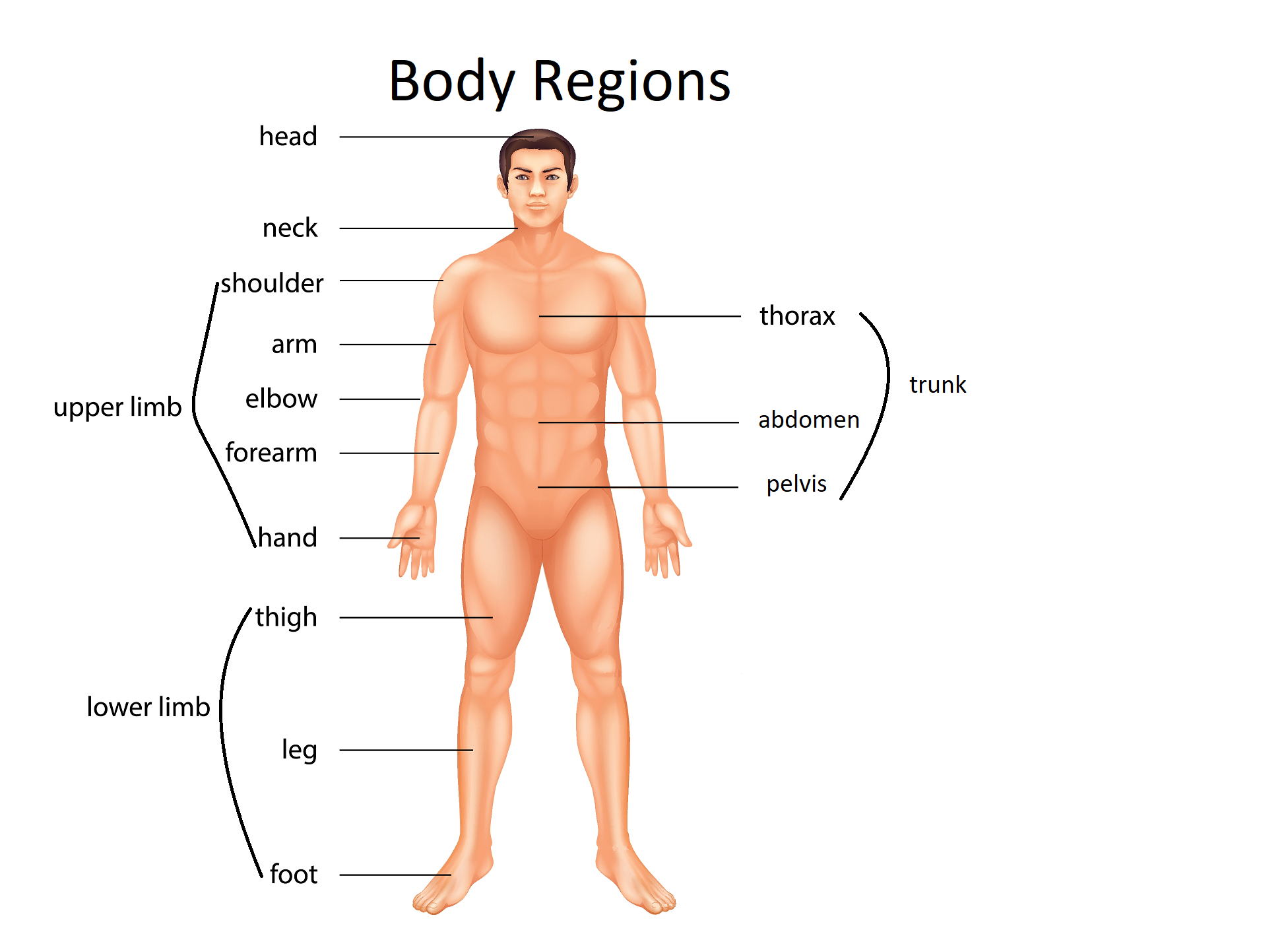





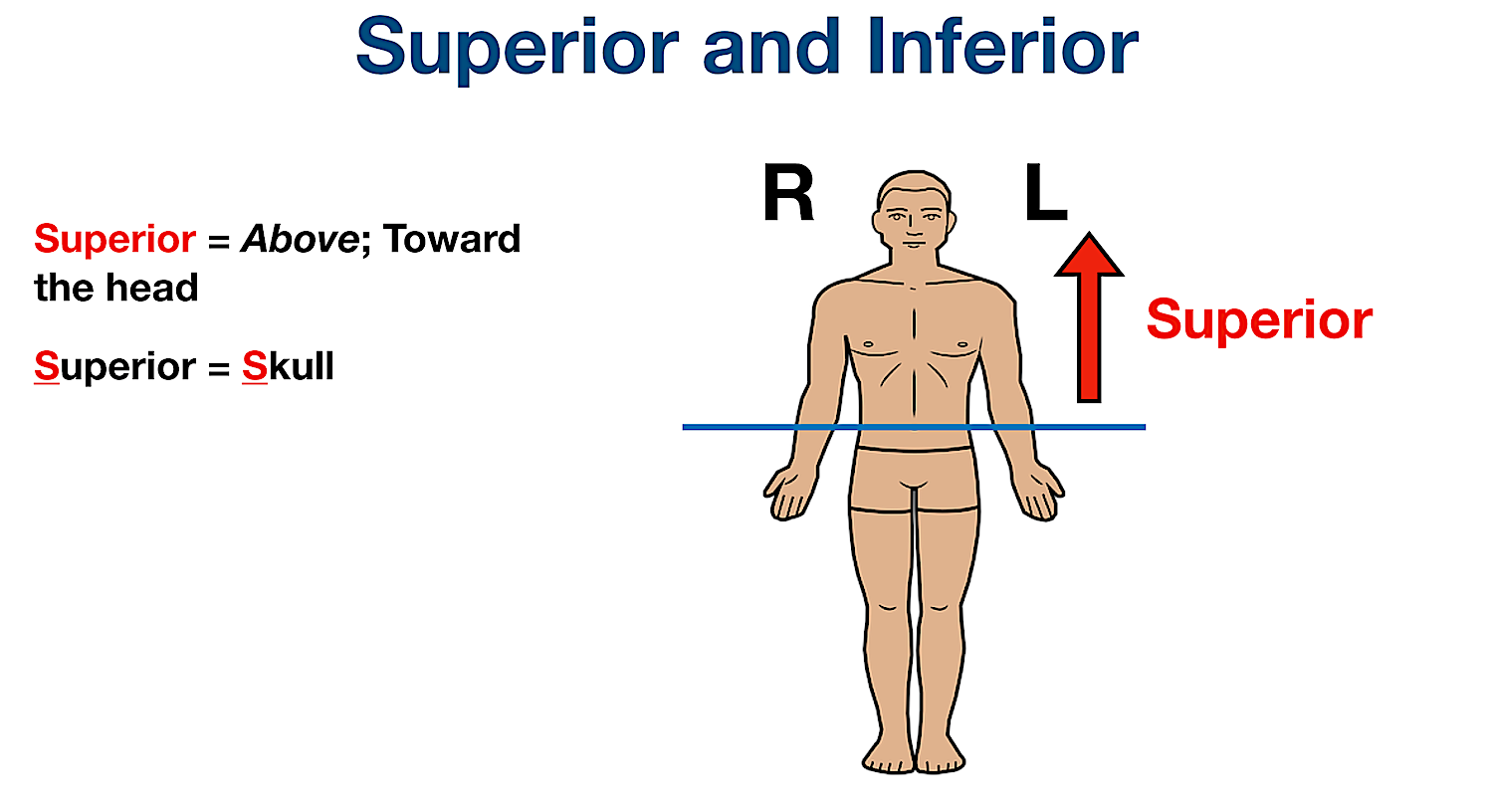

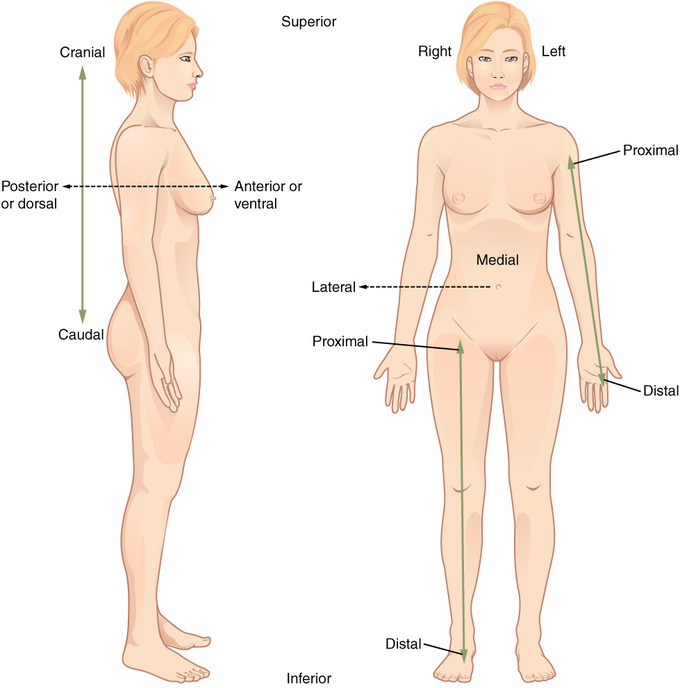

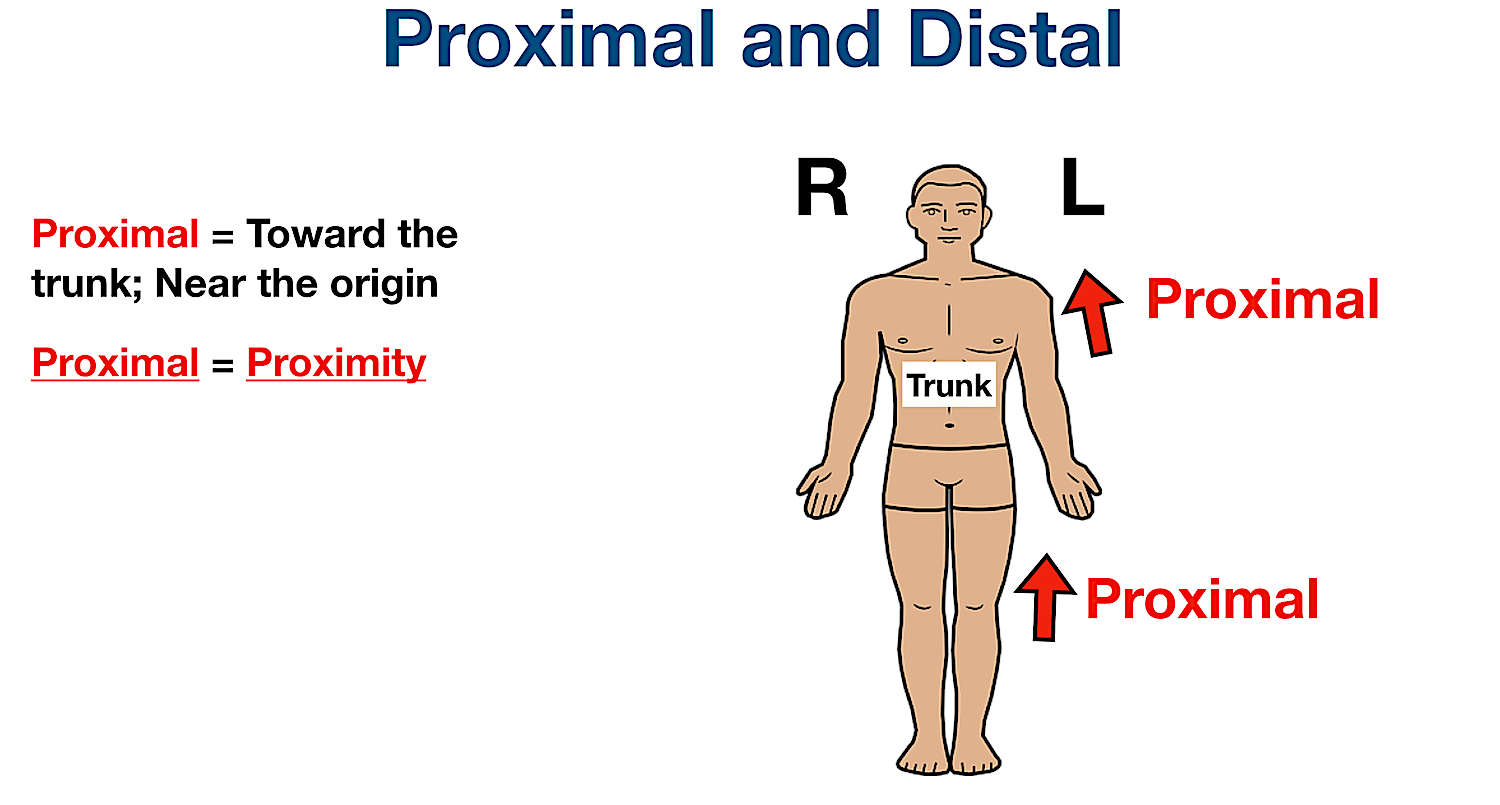


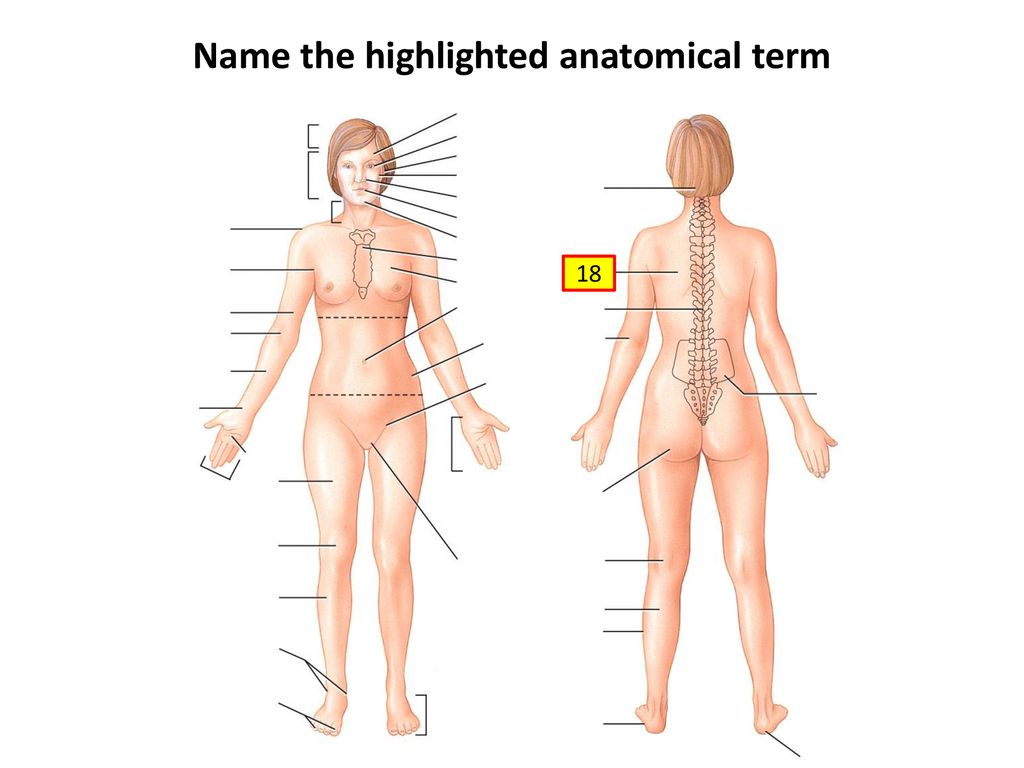

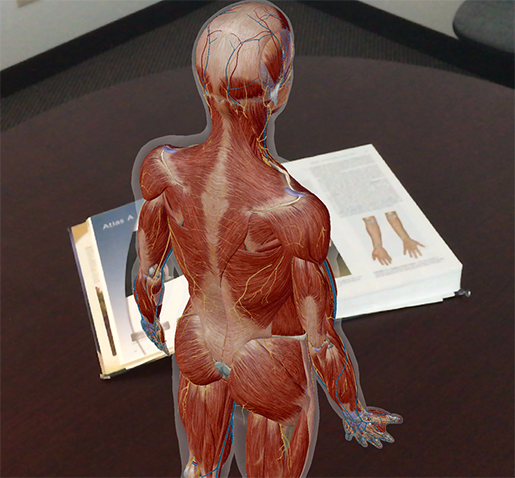
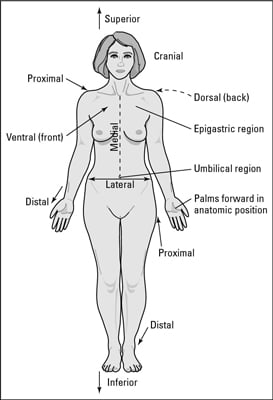

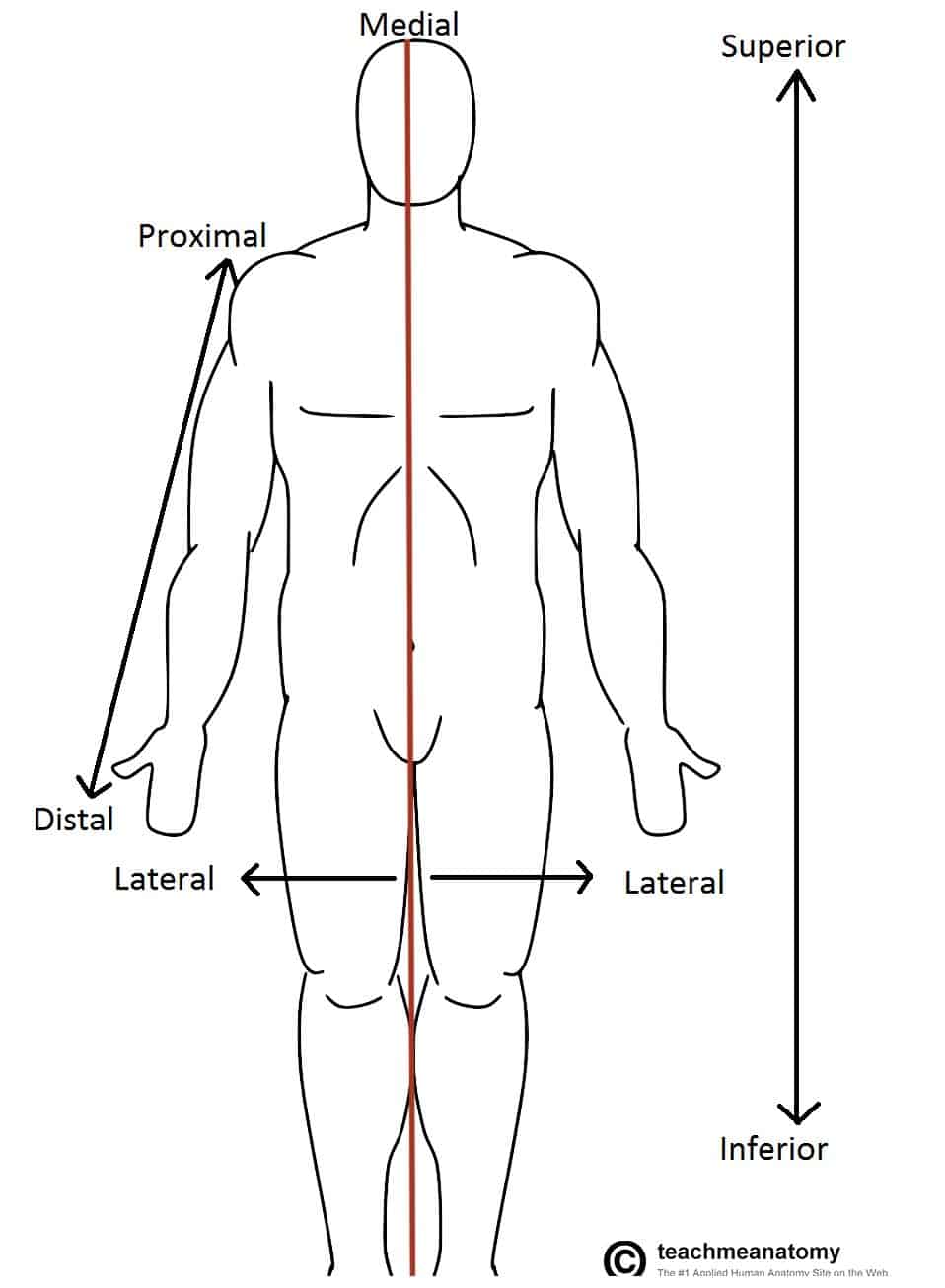
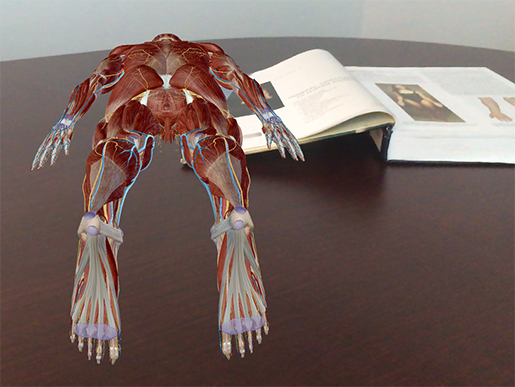




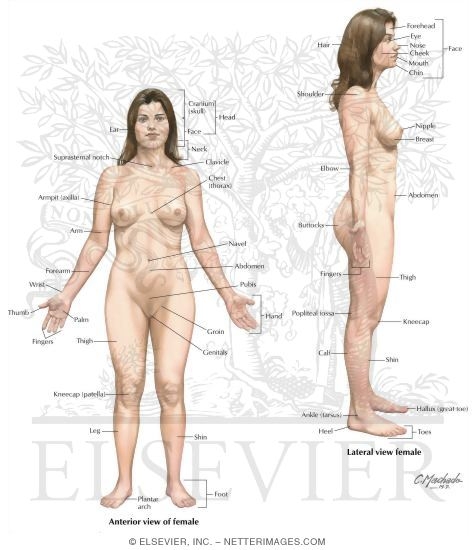
Post a Comment for "43 anatomical position with labels"